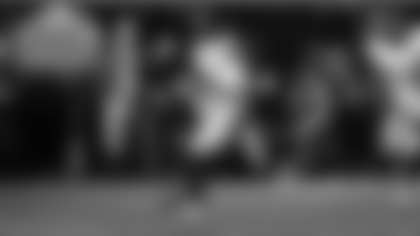Q. Once upon a time, teams ran the football from a split backfield. Paul Hornung and Jim Taylor for the Vince Lombardi Packers. Franco Harris and Rocky Bleier for the Chuck Noll Steelers. Larry Csonka and Jim Kiick for the Don Shula Dolphins. Why do you not see that anymore in the NFL?
A. Really it's just about the evolution of the game, and evolution not meaning that you'll never see it again, but it's a continuing revolving door of schematics and techniques. Thankfully I've been in the league long enough to see some of that. I came into the league as a pupil in the Tampa-2 system. The Tampa-2 system was built to combat the West Coast offense. As the West Coast offense disappeared so did the Tampa-2 system. As this new generation of guys, who were quality control guys in these West Coast offenses years ago, now get leadership positions – guys like Kyle Shanahan, Sean McVay out in Los Angeles with the Rams – you're seeing a resurgence of some West Coast principles . The young coordinator from Jacksonville, Nathanial Hackett, his dad is Paul Hackett who was one of the classic West Coast offense guys. So you're seeing a re-evolution of the West Coast offense, so in turn you're seeing a re-evolution of the Tampa-2 defense. So it's a cycle. The split-backs have been out of vogue now for a period of time, but somebody's going to do something, or somebody's going to spend an offseason researching, or somebody's going to have the right personnel. Some of those guys you mentioned were unique ball carriers as fullbacks. You need a unique ball carrier as a fullback to operate out of that system. A couple of things have to fall in line to see it evolve, but I'm open to it. I'm sure we will see it, and it will be interesting when we do.
Q. With the split-back system, isn't it a situation where one of the backs always has to block for the other one?
A. It is, but I think that's less of an issue than just the natural run skills associated with some of those unique fullbacks from days in the past. The 49ers had Roger Craig, and we have to admit that Roger Craig would be a unique fullback in terms of a ball carrier in today's NFL. Really the discussion lies in the ball carrying abilities of that fullback.
Q. How has the way teams try to run the ball in the NFL changed, when it comes to formations or personnel groups, things of that nature?
A. The most interesting thing going on with the run game in today's NFL is the commitment to shotgun formation runs. In the past, you got into shotgun for a specific reason – to protect your quarterback from A-gap pressure. West Coast teams' quarterbacks were always under center until A-gap pressure pushed them into the shotgun. So people got into the shotgun for a specific reason, but in an effort to maintain balance and not to be predictable you're really seeing an awesome evolution of the shotgun running game. A lot of the stuff coming from college, the man-read concepts and things, have been influential in that development as well.
Q. As you've watched your defense over the first quarter of the regular season, what do you notice that Joe Haden has brought to the unit?
A. There's just not a lot going on out there, and I just think that's a sign of him doing the job. We were in Chicago a couple of weeks ago, and that was not a positive outcome, but I think only one pass was completed to a wide receiver in that football game. It's largely been the case with Joe. There hasn't been a lot of attention brought to what he's doing, but that's a sign he's been doing the job. The quarterback has been looking elsewhere. He hasn't had a lot of targets. He's just a very professional and a very productive guy. He's been a great asset to us.
Q. What are some of the things you're looking for when you evaluate cornerback play?
A. More than anything, it's hands, eyes, and feet. Those are the technical aspects of the job they can work on, and that's what really defines whether they're playing sharp or not. Top-end speed, ball skills, awareness, and some of those things are innate, God-given things. I focus on the coach-related things – hands, eyes, and feet. Making sure their footwork is clean and consistent, making sure they're visually seeing what they're supposed to see, and they're utilizing their hands in the proper way in an effort to stay clean from a penalty standpoint, but also in an effort to be productive in terms of playing through the ball and things of that nature.
**
The Steelers grant the wish of a young fan from Amherst, VA.

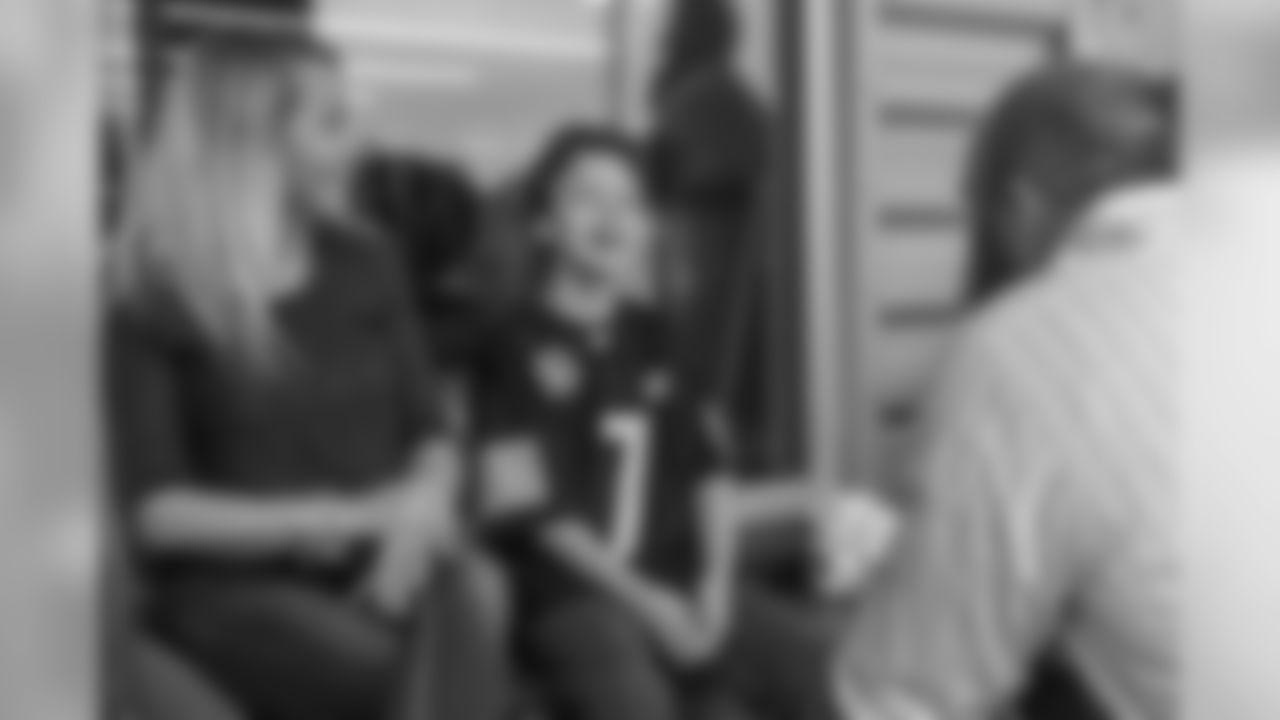

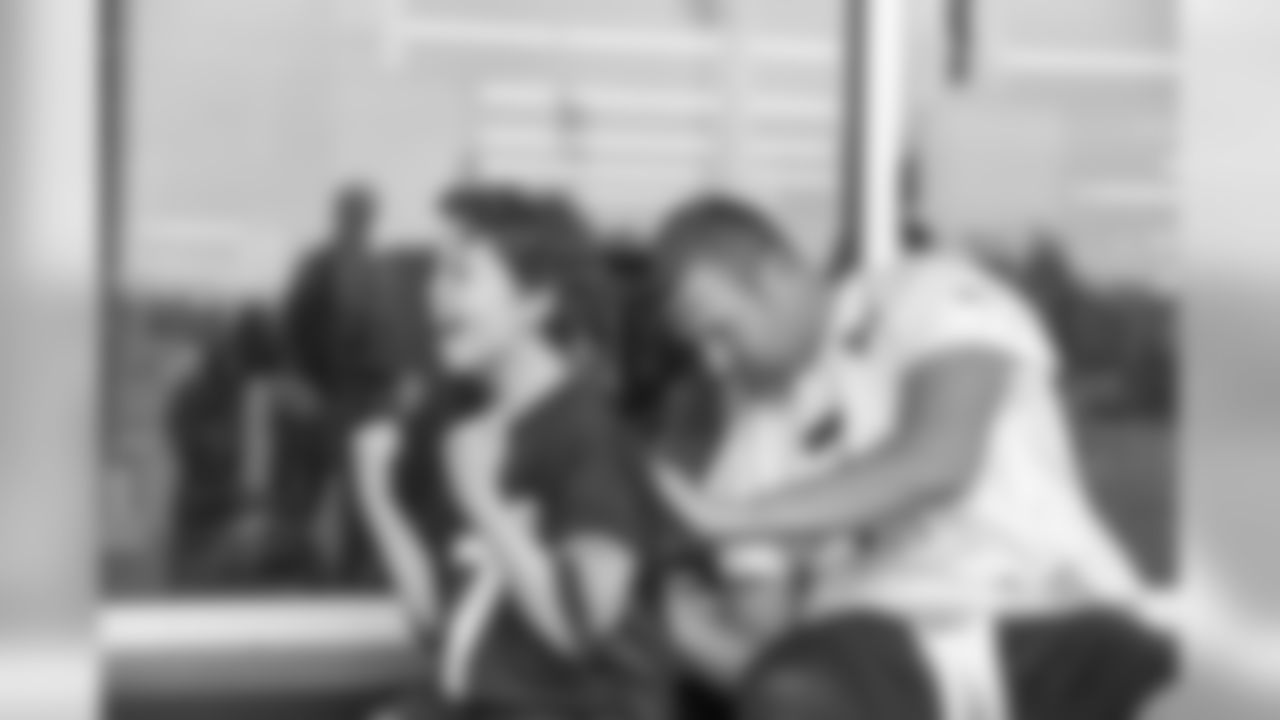


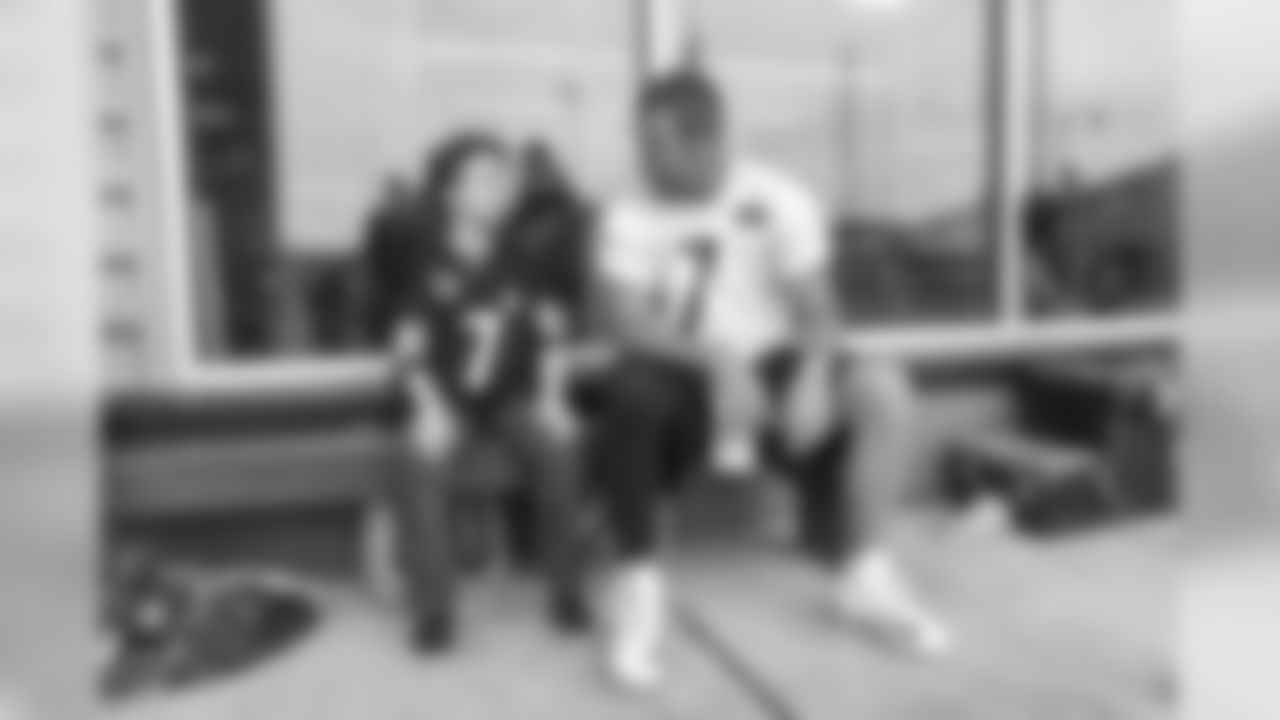
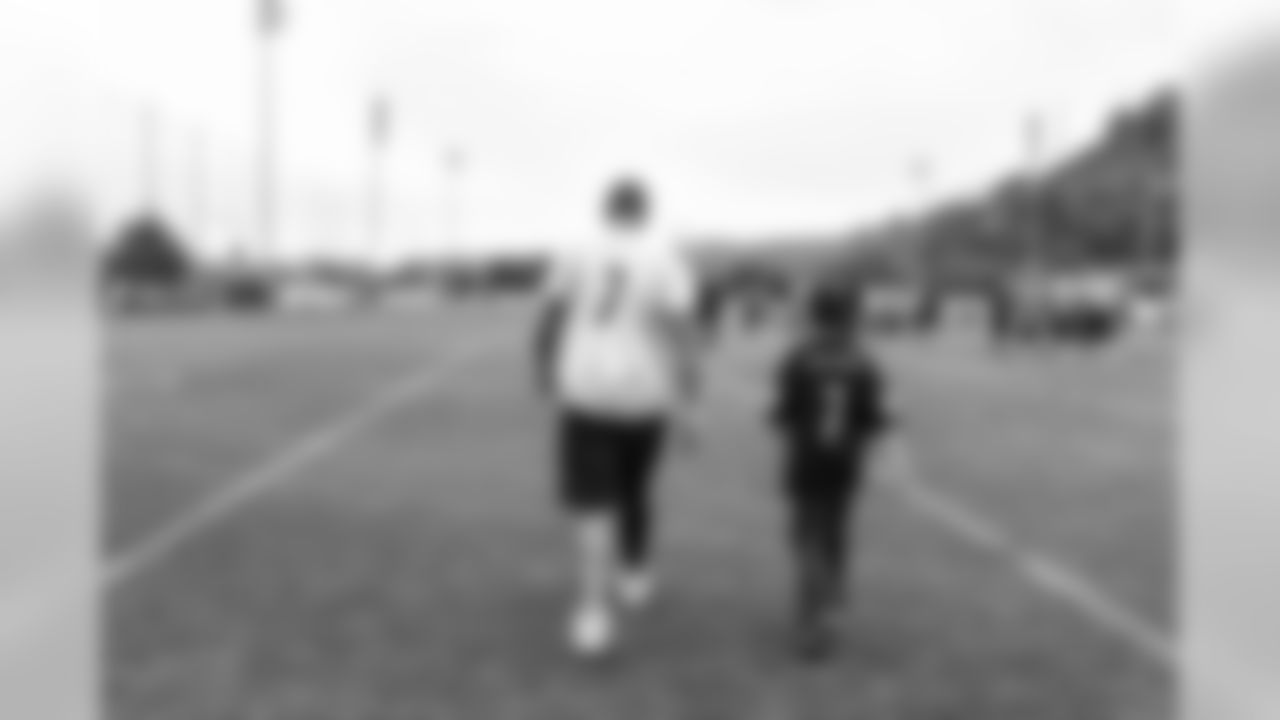


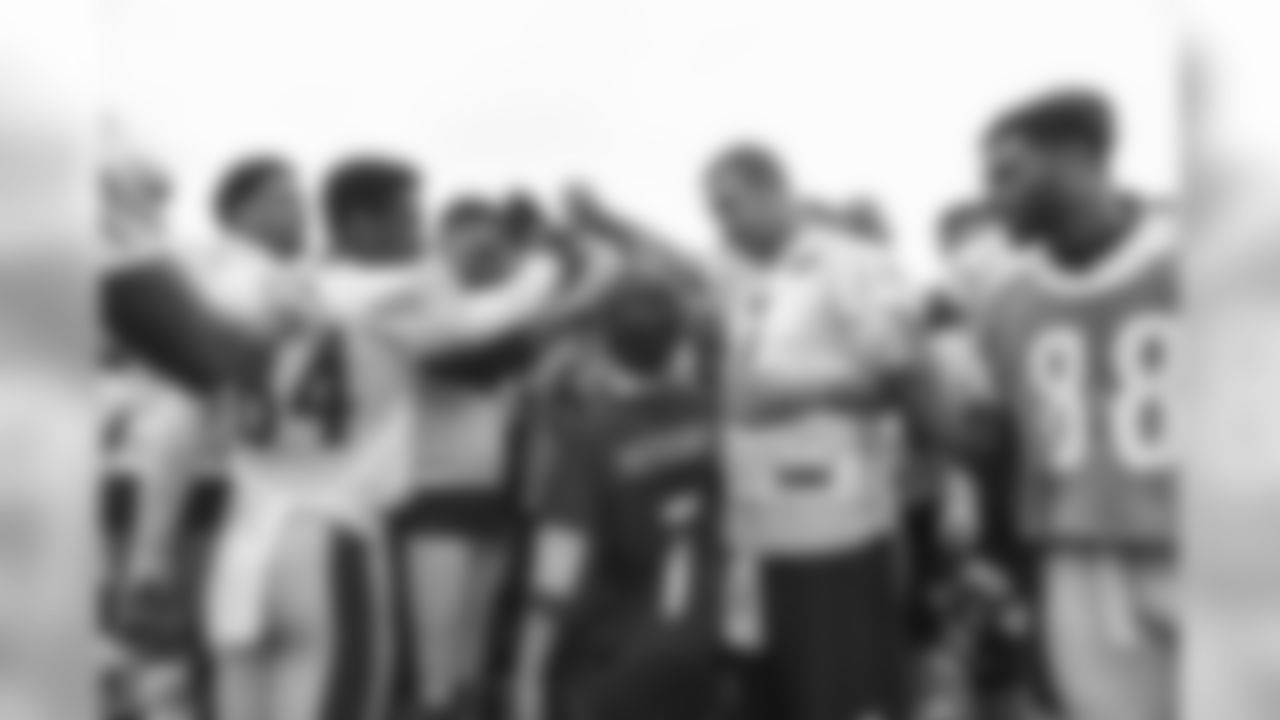

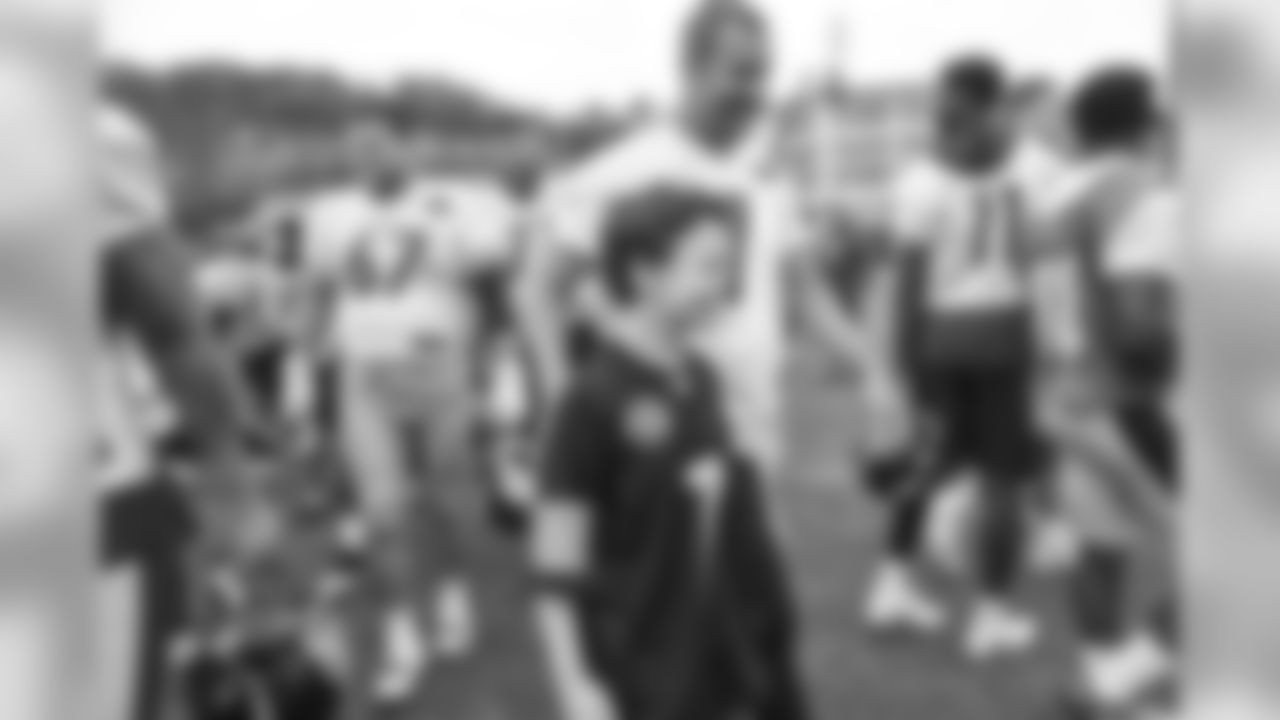
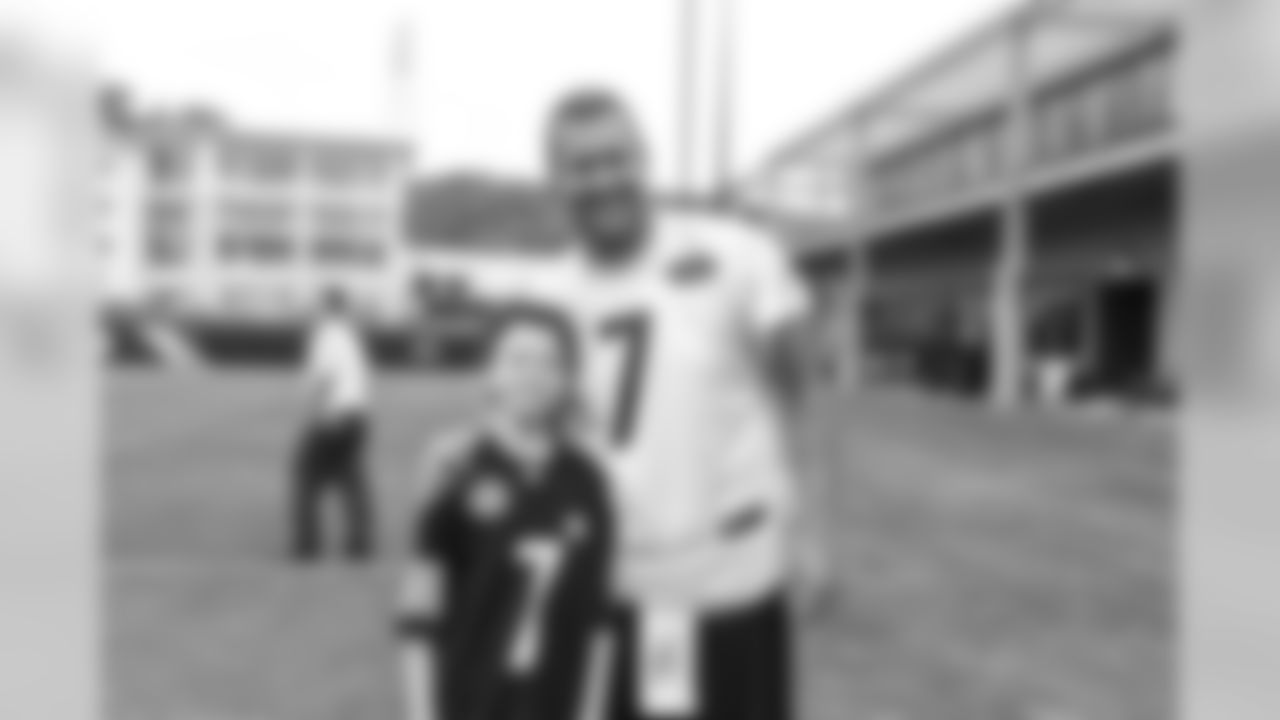
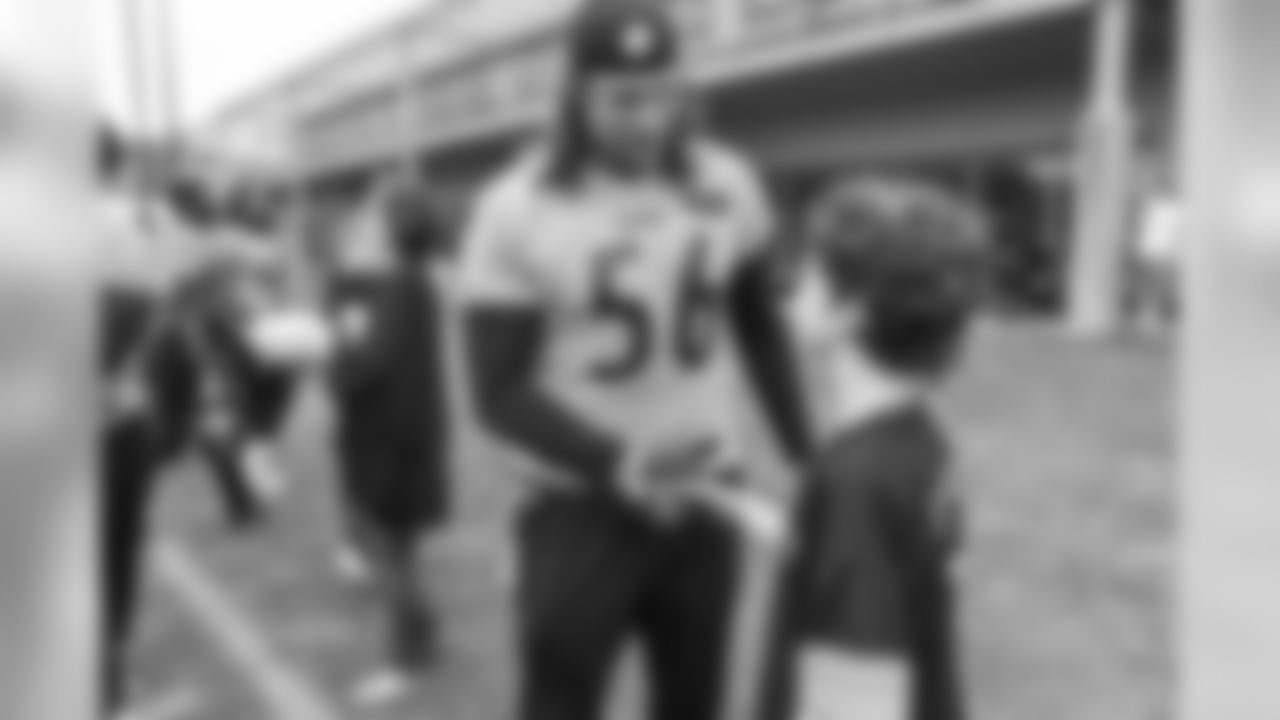

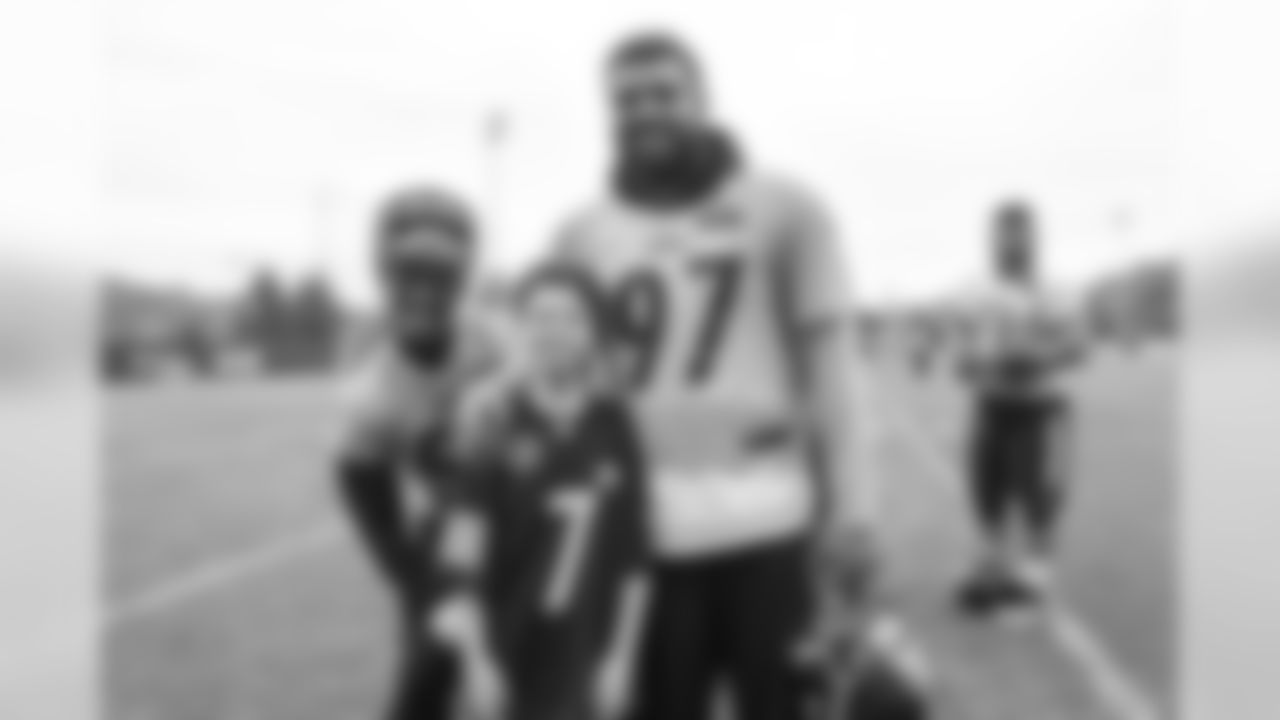
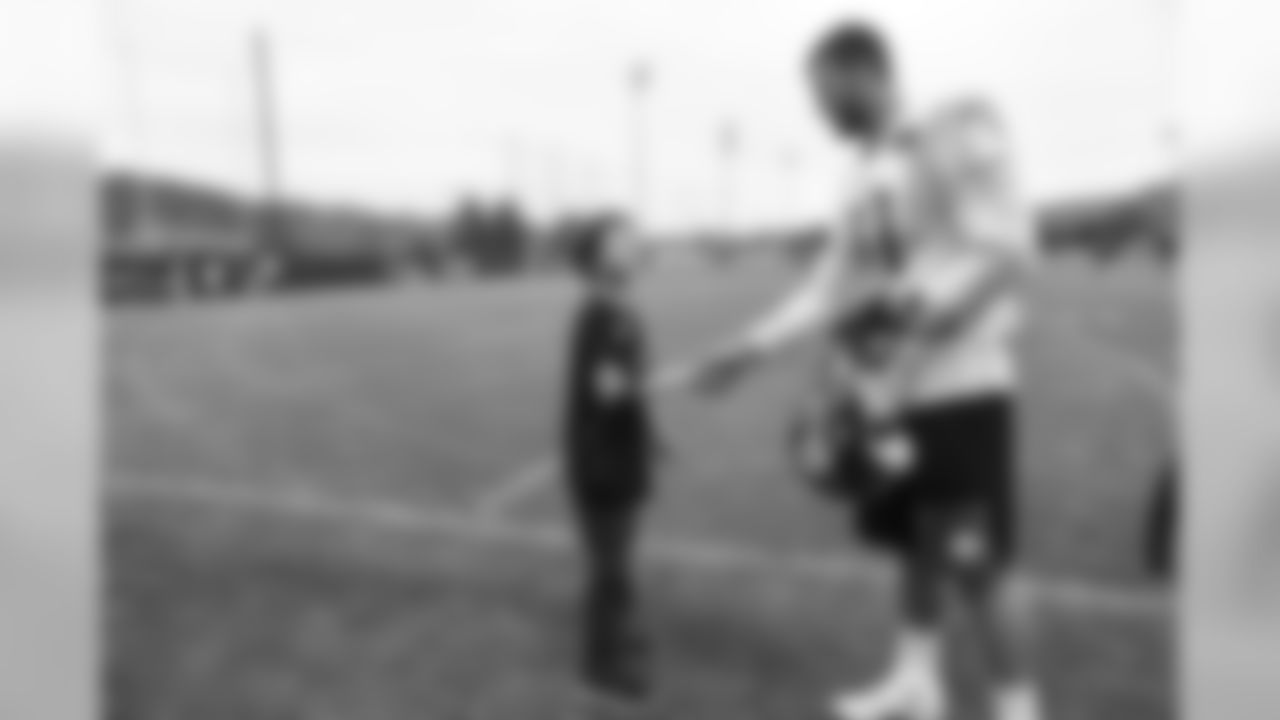
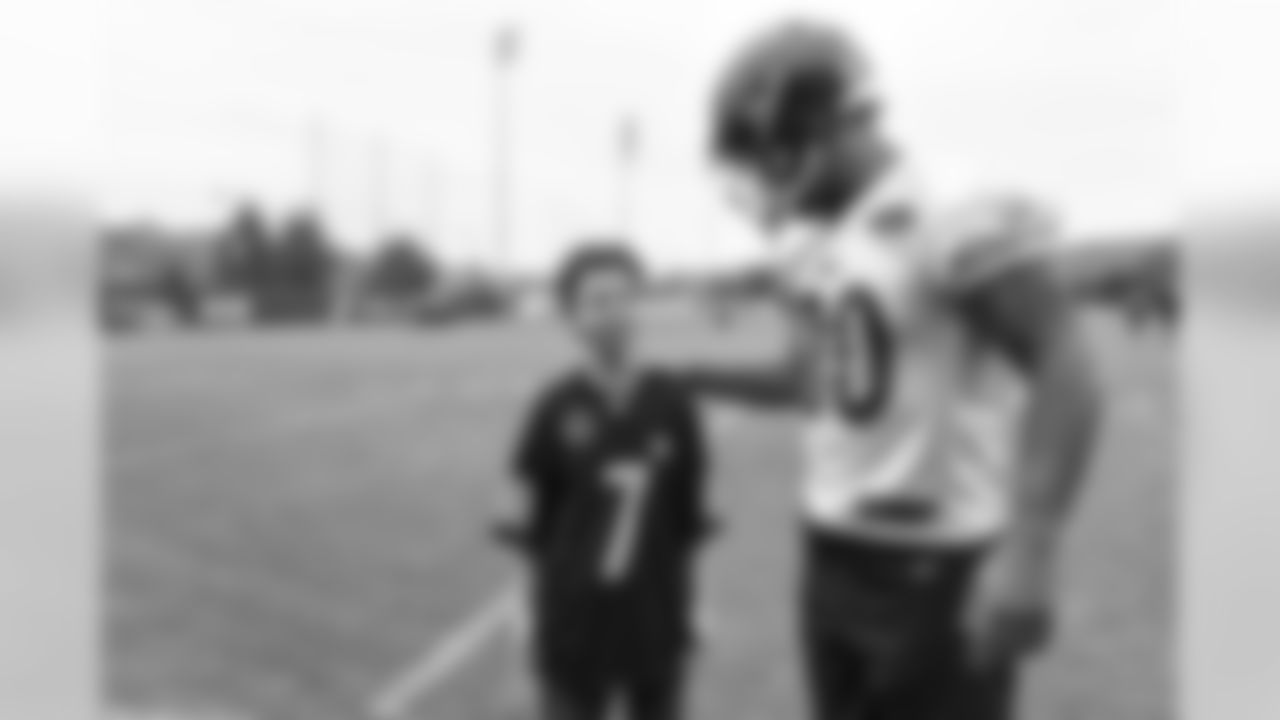


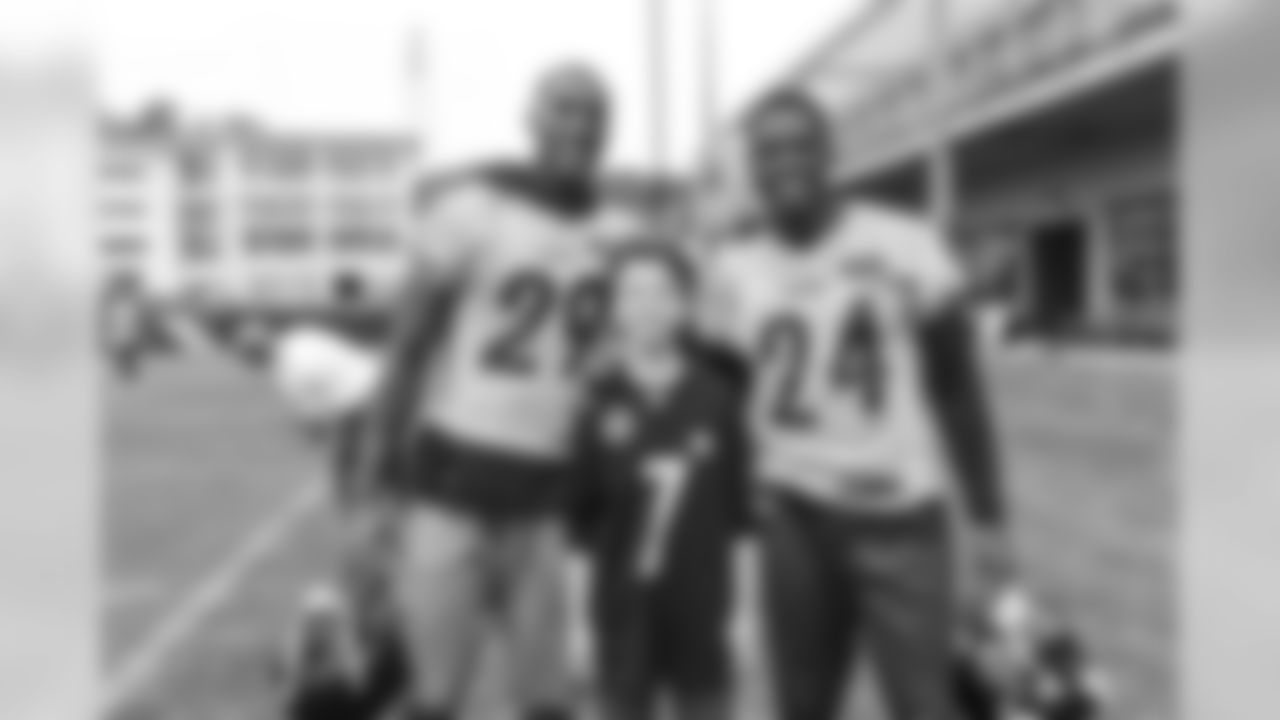




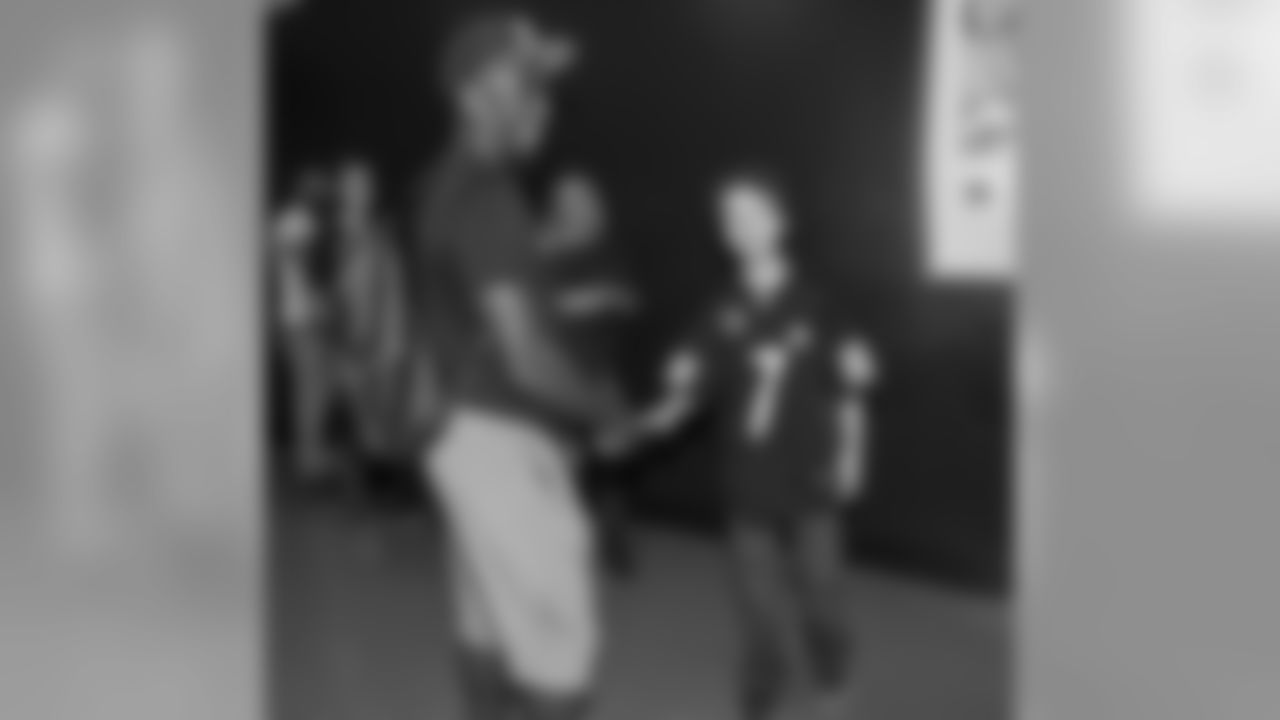




Q. Often times, a defensive unit will run twists with its linemen, which is a crisscrossing type of pattern. What is the defense trying to accomplish when it runs twists?**
A. They're trying to destroy blocking schemes, whether it's against the run or the pass. Often times, offensive linemen in the run game work in combination – they'll double-team one defender on the way to another defender. When you stunt and run twists, it makes some of those coordinated movements extremely difficult, and by the same token in the passing game you have an opportunity to create a win in two-on-two-like situations with trickery. That's what it's about.
Q. You have referred to this group often as a team in development. How do you gauge that development? Does it go beyond won-loss record?
A. I probably look at it in greater detail than the won-loss record. To me, it's about daily problem identification and problem solving. And I'm very up-front and blunt with our guys about it. Great teams eliminate problems before they happen. Good teams eliminate problems quickly when they surface. Average and bad teams struggle repeatedly with the same things. So whenever we come in to work, we come in here with that mentality. We're trying to be forward in our thinking. We're trying to eliminate problems before they happen. We're trying to identify problems that do happen extremely quickly and fix them because we want to be in the "good and great team" conversation.
Q. What do you mean by "problems?"
A. Whether it's a schematic problem in any phase, whether it's a technical problem in any phase, whether it involves one individual and his game, whether it involves multiple individuals working together to combat something. There are a lot of individual little tasks within a unit, within a football play, and so that's what team development is about. There are a million of them. You could take one call defensively and put that call in a bunch of different circumstances and be looking at a laundry list of potential 10-12 issues or problems. Most of those issues or problems by this time of the year already have been checked off, but maybe there are one or two of them that haven't. That's what I'm talking about when I'm talking about development. We have to continually be a team on the rise. The things that are biting us in September cannot be biting us in November and December if we want to be in the conversation we want to be in.
Q. JuJu Smith-Schuster is 20 years old. Won't turn 21 until next month, and the men he's going against can be in their late 20s, and men in their late 20s are more physically mature. What does JuJu have that allows him to compensate for that and compete physically with older men?
A. He's got God-given football abilities. You can describe it as being a prodigy, if you will. People have God-given abilities in certain areas, people are capable of playing the piano at a young age, etc., etc. He's just a classic example of a guy whose football maturity far exceeds his personal maturity. And that's not a negative thing. I joke with him often about what he's doing after work. I invite him over for dinner and so forth, because he is a very young guy, but not in a football sense. On a football field, he is mature beyond his years, and he's just the latest example of that. Maurkice Pouncey was mature as a football player in the same way. Le'Veon Bell was mature as a football player in the same way. They, too, were 20 when we drafted them. They, too, as individuals had room for growth and development. We understand where he is as a player, but we also understand where he is as a man. He's growing and developing in a lot of ways in that area, and we want to be helpful in that growth and development as well.
**
Q. Because you've done this before, you're obviously not shying away from adding these younger men. What gives you the confidence to do that?**
A. I just love it. It's naturally in my wheelhouse. I have a 16-year-old and a 15-year-old at home, and I just treat JuJu like I treat them. He helps me be a better Dad, and my being a Dad helps me be a better coach.
Q. You often talk of the importance of the rush and coverage working hand-in-hand to create good pass defense. What determines whether the pass rush is above the line? Does a stopwatch tell the tale, or is it something more complex than that?
A. It's that innate feel where the play gets extended, and that's the way I've described it all my adult life. I've watched a lot of ball and coached a lot as a defensive secondary guy, and depending on the contour of the play or the structure of the play, you know when a play is getting extended. And when it's getting extended, that means the rush is insufficient. Sometimes a quick-game pass play might get extended, and that extension might occur much quicker than a play-action pass where you're trying to throw the ball down the field. I don't do it with a stopwatch, I do it with the contour or the concept, and when that play gets extended, you know it. You know it when you're there.
Q. In your mind what constitutes good red zone offense? Is there a conversion percentage that's the magic number?
A. As much as you hate to admit it, it's situational. Venue and things have a lot to do with it. Sometimes hostile environments when you're working off a silent count – particularly in certain end zones – really limits your run game, which makes you more predictable, which potentially could drive your percentage down on a particular day. You don't have any of those issues at home. In general, everyone's third down or red zone conversion rate is much higher in their home venue than on the road because of that. So you can't have the discussion without tying in some variables, as much as we hate to acknowledge the relevance of some of those variables.
Q. Flip it around. Is it the same for red zone defense?
A. It is a similar situation in a converse way. It is reasonable to expect us to play stout red zone defense today, for example, in the comforts of Heinz Field with Steelers Nation behind us.
Q. Your defense has given up a few long runs but has otherwise played decent against the run. Jacksonville is kind of the same way. When a team generally plays decent run defense but then gives up a few long runs, what's usually going on with that group?
A. Lack of continuity. That's usually the case. In our case, we have some new pieces in the puzzle. J.J. Wilcox, who has played quite a bit at the safety position, has some big-time run responsibilities. We've played without Stephon Tuitt, we've played without T.J. Watt, and it's at the very early portions of the year. It's that cohesion that comes from playing together, and I've been up front with our guys. We have a young unit, and we have to work hard daily to develop that cohesion. It's like glue, and there are no shortcuts to it, and until we continually get to a point where we find that cohesion there's a potential of popcorn from time to time – a run breaking out – and it's as simple as that.
Q. Who is Jacksonville's key guy on defense?
A. Calais Campbell. You have to acknowledge what his presence has meant to them. He's a catalyst for them in the run game and in the passing game. He has 5.5 sacks, and he leads them in that category, but on run downs he plays as a tight-end-side defensive end. He quite simply destroys tight-end-side run game. He's a force to be reckoned with. If we're going to do anything against the Jacksonville Jaguars, we have to block No. 93.













